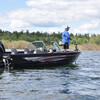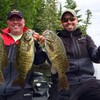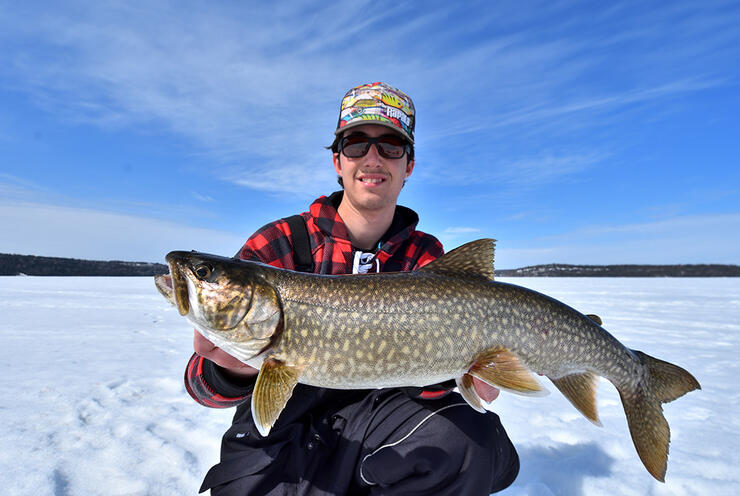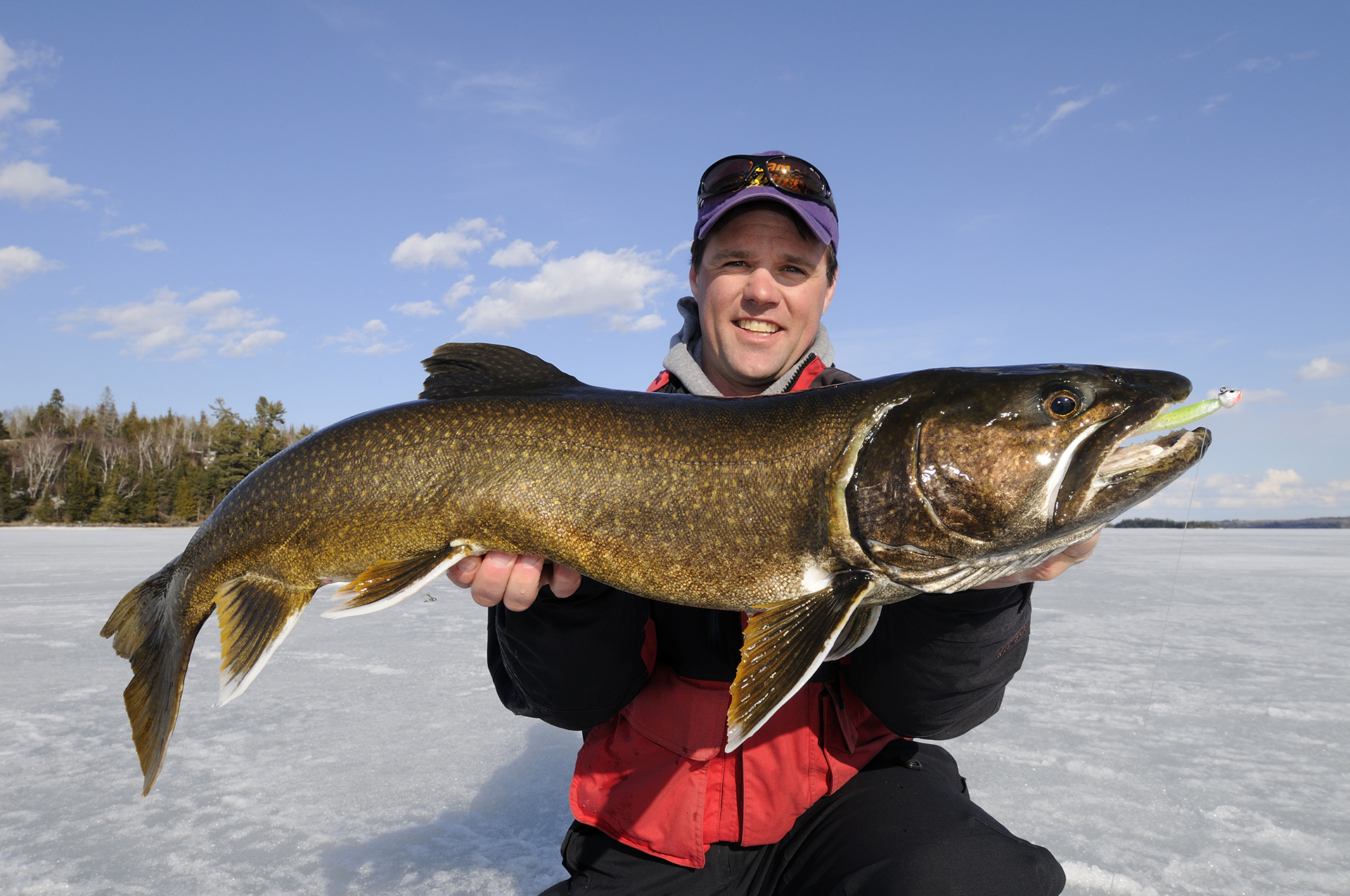
Taming Trout
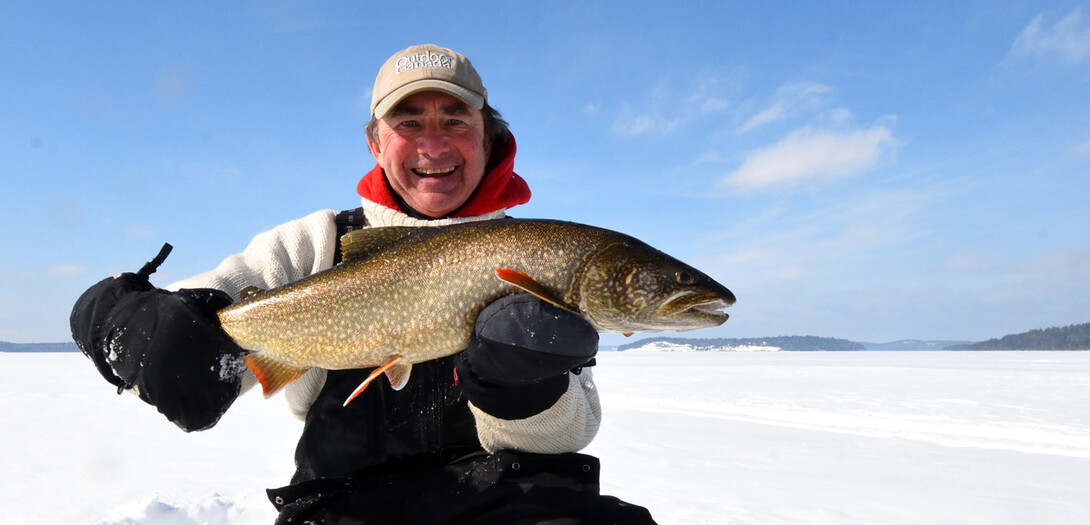
Northern Ontario ice anglers look forward to catching lake trout more than any other fish. Lakers grow big and mean, feed aggressively, and love cold water. And if you keep a smaller one to eat, they are deliciously prepared just like salmon—marinated in brown sugar, soy sauce, and maple syrup and cooked on a cedar plank. Another great alternative is slathering a layer of apricot jam over each filet, topping it with crushed pistachio nuts and then baking the trout in the oven. Savoury smoked lake trout, on the other hand, paired with crispy bread or crackers and a glass of wine is to die for. Talk about finger-lickin’ good.
Best of all, however, is the fact that the lake trout season across much of Northern Ontario got underway at precisely the same moment that the New Year’s Eve Ball dropped in Times Square. Can you think of any better way to kick 2020 into the garbage can and ring in a brighter New Year? I sure can’t.
Ironically, though, at the same time that scores of eager ice anglers are drilling holes and fishing for lake trout, the Northern Ontario air is often turning blue. The fog isn’t created by gas-driven vehicles or augers, either. It is the irreverence being spewed by the many anglers who are losing nice fish during the fight or at the side of the hole. Been there, done that, but no more.

The problem with lost lake trout invariably begins and ends with the ice fishing rod you select. Because the big dwellers of the deep have tough bony mouths you need to use a rod that will help you penetrate the hooks on your lure. No secret there, which is why so many anglers opt for heavy-action rods with plenty of backbone. And that is great, as far as it goes. But after you hook the trout and it starts bucking like a bronco, you have to control its long runs. And that is where a heavy action rod with a fast or unyielding tip creates a new set of problems. The rod recovers much too quickly, snapping back and throwing slack line into the equation, letting the trout shake the hook.
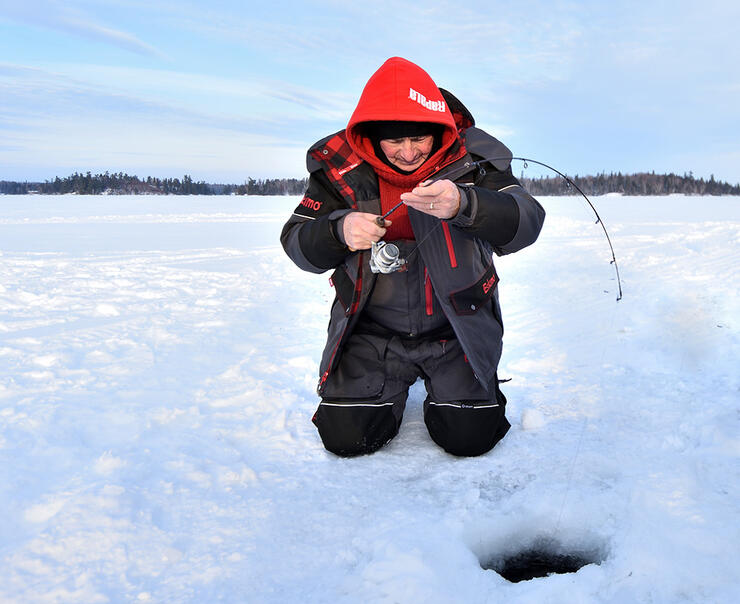
Understand what I'm saying? You want a rod with enough backbone or power to set the hook firmly, but also enough tip action to remain bent over throughout the fight in order to absorb the many rushes, runs and head shakes that you are bound to feel. It is why in recent years, I have found that a medium heavy action ice rod is the perfect way to tame trout from Lake Simcoe to Lake Temagami, and all the way across to Lake Superior and Lake Manitou.
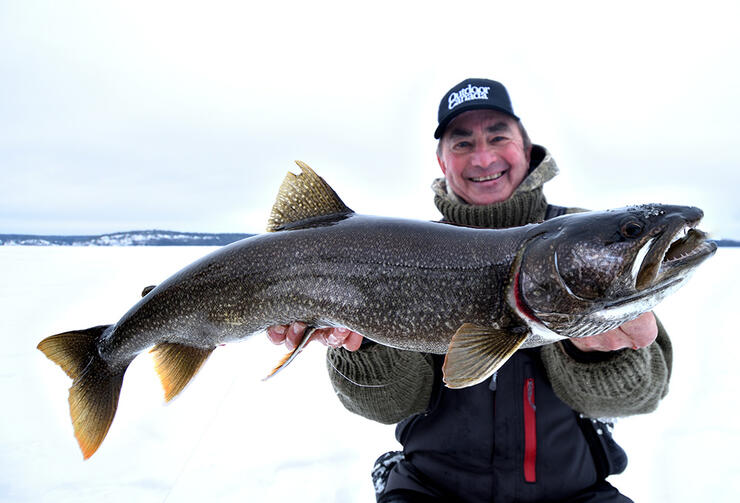
As a matter of fact, the best way to envisage what you’re looking for is to think of how a willow or palm tree arcs in a hurricane. It bends over and absorbs the force off the wind. That is what you want your rod to do when you’re fighting a trout. No matter what direction it runs, to the left, right, up to the surface or down to the bottom, you want your rod to maintain that shape throughout the fight. When it does, it is impossible for the fish to gain any sack line and shake your hook.

Of course, if a little curvature is good you might think that a lot is better and over compensate by using a medium action rod, but if you did, you would pay a big price when the fish initially strikes and you set the hook. The rod will buckle with the force and absorb much of the initial power.
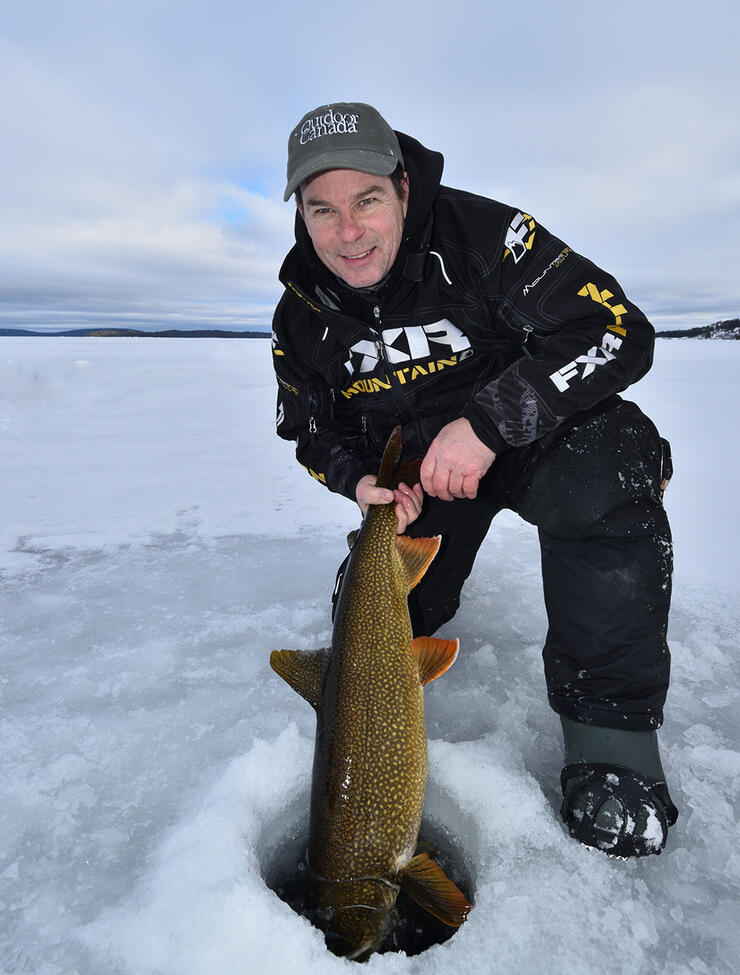
So, if you want the ultimate lake trout ice fishing system use a file to hone your hook to a needle-sharp point, spool your reel with a non-stretch braid or gel spun line fitted with a short two- to three-foot long monofilament or fluorocarbon leader and use a medium-heavy action rod. You will tame every Northern Ontario lake trout that hits this winter.
Happy New Year everyone!
Recommended Articles

Cast Into the Heart of a Walleye Paradise

10 Facts About Lake of the Woods

Top 5 Baits for Smallmouth and Largemouth Bass

3 Great Ontario Walleye Destinations

Summertime Walleye
Don’t Be Afraid Of Muskies

Reaching Deep For Walleye

Eating Northern Pike
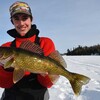
The Eyes Have it

The Perfect Shore Lunch
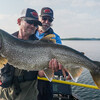
Lake Temagami Fishing
Top 8 Places to Ice Fish in Ontario
Ontario Brook Trout

5 Big Water Ontario Fishing Locations
Sniping For Lake Trout

20 Years With Fish TV!

Brook Trout Fishing at Dunlop Lake Lodge
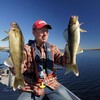
Great Fishing in Northern Lights Country Up Highway 588
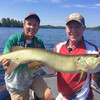
Jack's Lake Lodge
